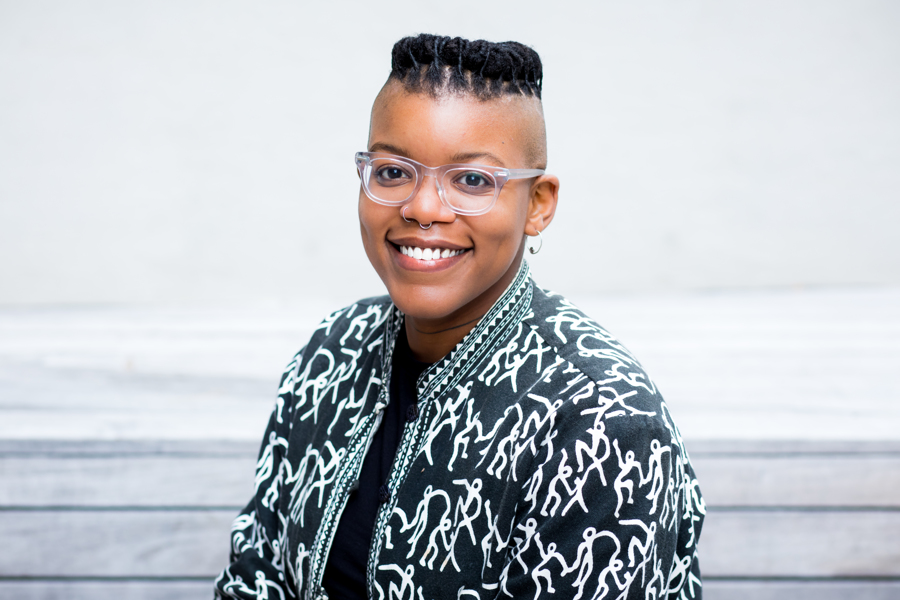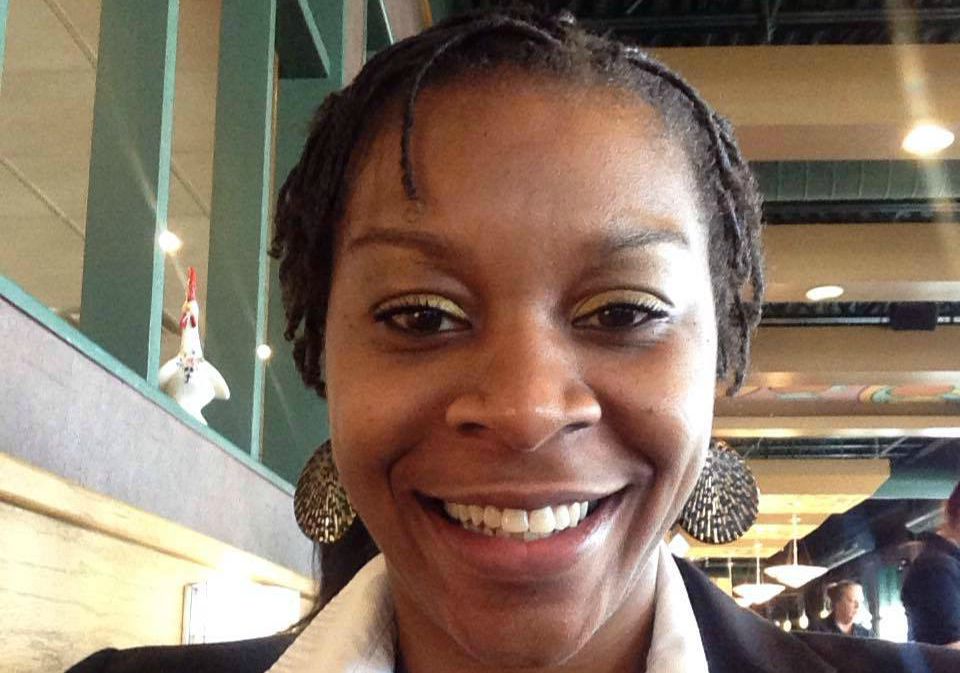Abortion rights, women of color, and LGBTQI+ people are under attack. Pledge to join us in fighting for gender justice.
What Bans on Critical Race Theory Mean for Identity in the Classroom

Conservative lawmakers in at least 12 states are urging to ban critical race theory (CRT) being taught in schools or cutting funding for schools that continue implement it. They claim teachers educating students about race, gender, and identity will breed division among youth. These bans pose a problem for school administrators and educators who have been in a slow battle with state legislators to incorporate history lessons teaching students about racism and sexism in public schools.
But what is critical race theory? CRT is an academic framework which asserts and acknowledges racism doesn’t stem from the acts of individuals, but rather is embedded in our legal systems and public policies, which continue to maintain white supremacy.
CRT is taught differently depending on grade levels and there’s a difference between critical race theory and teaching an honest portrayal of US history. As scholar Brittany Packnett noted, “If the history is what frightens you, it’s because you know what’s in it.”
These attempts to ban critical race theory are emblematic of a system that politicizes non-white and non-heteronormative identities. Last year, a school in Nevada banned “partisan political speech,” which meant no pride flags or discussions about Black Lives Matter in the classroom. One teacher who openly identifies as LGBTQ raised concerns about queer students, and the school confirmed that these topics are considered partisan and political—demonstrating how current political systems consider heteronormative whiteness as the default.
Queer students and educators exist, as do students and educators of color. Asking to be represented in their classroom and workplace is not divisive, especially while curriculum which centers white supremacy and erases queer history continues to be taught.
We must ask ourselves who we’re “protecting” through these bans. First, we’re protecting and maintaining current systems of power and oppression. While not a cure-all, teaching critical race theory is key to tearing down racist systems in our society and building new ones in their place. However, the policymakers, parents, and teachers who support these bans do not claim this as the reason. They ask why schools are pushing a political agenda and claim teaching kids about racism is ruining their innocence.
News flash: they mean white kids. Just as erasing LGBTQ history in the classroom erases and ignores the presence of LGBTQ students, claiming that teaching critical race theory tampers with so-called childhood innocence ignores that children of color must deal with racism no matter how young or innocent they are.
There is so much value for students in seeing people who reflect your identity and existence in history. We can’t measure empowerment or find quantitative evidence other than how it feels.
The bans on CRT will continue to smudge queer people of color out of our collective memory and continue the cycle of viewing US history through rose-colored glasses. This cycle perpetuates the status quo through education and leaves our queer students and students of color without a way to see themselves in the world and in history.
What’s happening now?
Last year, the National Women’s Law Center released the advocacy curriculum Brick by Brick: Building LGBTQ Advocacy. It guides students to learn about LGBTQ activists and advocates in history who led civil rights movements while learning about their rights in schools. These bans threaten to prohibit similar curricula in favor of a history with no context about how racism, sexism, and transphobia impact our lives every day.
Brick by Brick centers the experiences of queer activists advocating for the rights of their communities. It emphasizes how culturally comprehensive history plays a key role in creating collective safety for queer and trans communities of color.
“…being misunderstood happens on a personal level, but also happens to whole groups of people. Sometimes it comes from ignorance, and sometimes people in power intentionally tell a story about a group of people that makes them seem unimportant or dangerous.” —Brick by Brick, page 38
We must ask ourselves what stories we’re telling about queer and trans people in the classroom and start sharing this history. In providing that to students, we can minimize fear and affirm the complexity of our identities and struggles we call home.
There are already educators and student activists working to reverse the damage of invisibility and center queer activists and leaders in the mainstream narrative. We’ve seen teachers incorporate pop culture, cool songs, and dances to engage with their students, like this teacher who created a Wakandan curriculum based on the “Black Panther” movie and how this nonbinary teacher shows their students have no issues using gender neutral pronouns.
On the state level, five states announced they would require public schools to teach LGBTQ history in 2019. The Equality Act, which would ensure job protections for LGBTQ educators and could empower other educators to teach about LGBTQ history without fear of repercussions.
As we continue to unify against harmful erasures of history and identity, this culture shift within our education system will hopefully prove as a strong case for schools to follow in stopping the whitewashing and straightwashing of US history. We must both recognize the contributions of queer activists of the past, and support queer students and educators in the present. We must stop these bans on CRT in the classroom from going into effect, as any erasure of our history only creates more harms.







